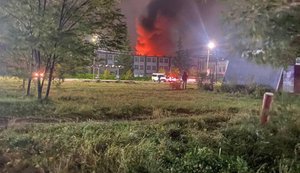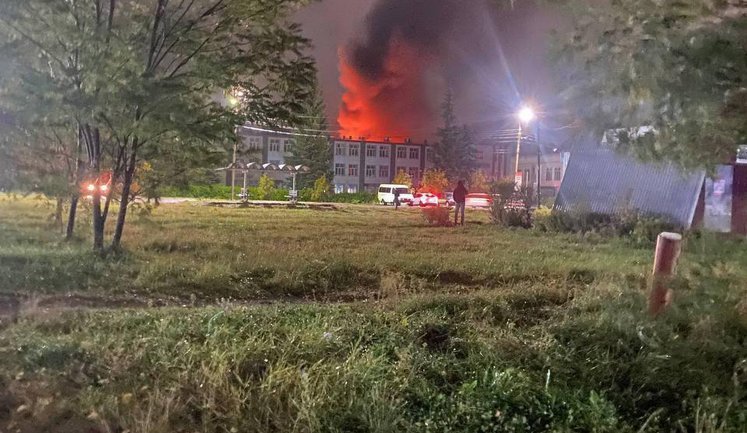In recent events in the Bryansk region, Ukrainian forces have launched significant military operations. A Ukrainian "Neptune" missile struck the Karachev plant "Elektrodetal," highlighting the escalating tension in the area. These actions mark a series of strategic attacks aimed at crippling military and industrial facilities within Bryansk, which is significant for Russia's defense industry. Satellite images reveal a new site for Shahed ("Geran") drones, just 35 kilometers from the Ukrainian border, emphasizing the area's importance as a launching ground. The multiple attacks raise concerns about the stability of the region, reflecting the ongoing conflict's intensity. The focus on Bryansk showcases its strategic relevance.
What recent incidents have taken place in the Bryansk region of Russia?
Recently, the Bryansk region has witnessed a "Neptune" missile strike by Ukraine on the Elektrodetal plant. Additionally, a new launch site for Shahed drones was identified, indicating heightened military activities and continued regional instability.
Why is the Bryansk region significant in the current conflict?
The Bryansk region holds strategic importance due to its military industrial facilities, such as the Karachev plant "Elektrodetal." It's also a launch site for drones, making it a focal point for military operations and potential setbacks for Russian defense capabilities.
How has the Bryansk region responded to these attacks?
The response includes heightened security and attempts to reconstruct damaged facilities. The detection of a new drone launch site suggests countermeasures and adaptations to maintain operational capabilities and counteract further threats.
What impact do these attacks have on Russia's military operations?
The attacks on Bryansk disrupt military logistics and production, weakening Russia's military infrastructure. The focus on crucial sites and drone facilities implies strategic targeting to undermine Russian military operations and supply lines in the ongoing conflict.
Are there any international implications of the Bryansk attacks?
Internationally, these attacks underscore the continuous military engagement in the region, drawing global attention to the conflict's dynamics. The use of advanced missiles and drones suggests a shift in warfare tactics, which might influence global military strategies and alliances.































































